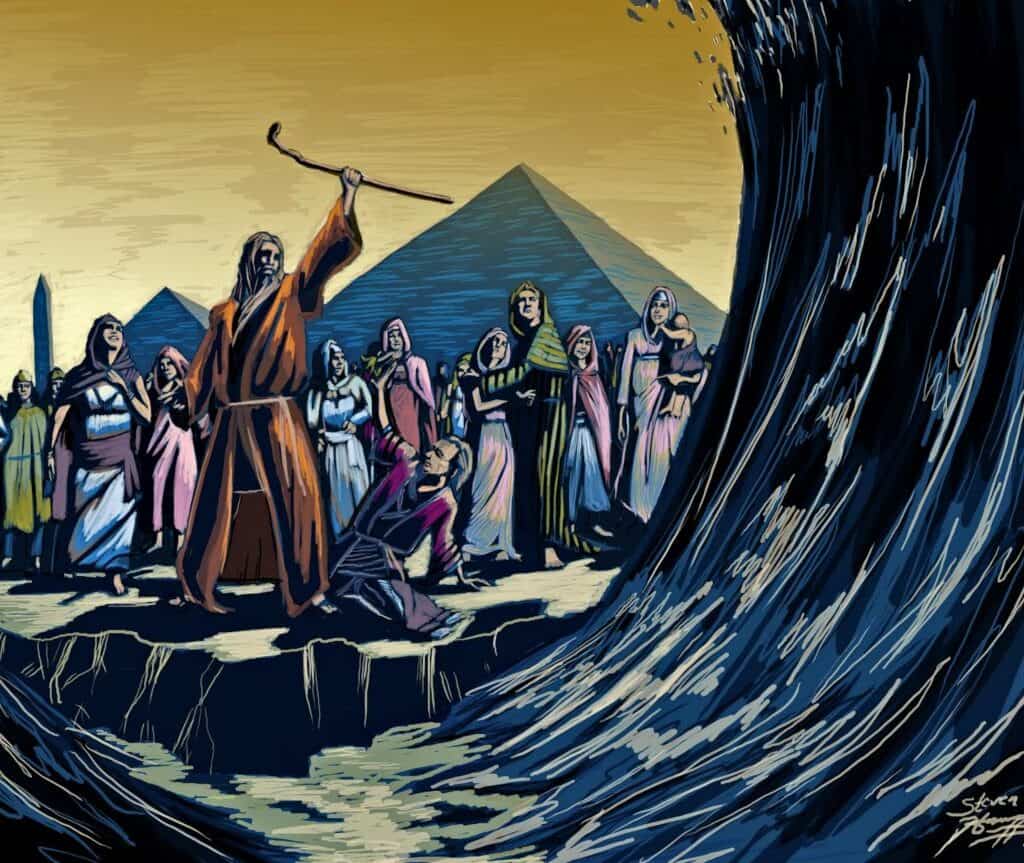Passover, also known as the Festival of Freedom, is celebrated annually to commemorate the liberation of the people of Israel from slavery in Egypt. In 2024, this significant celebration will take place from the evening of Monday, April 22, to the evening of Tuesday, April 30, corresponding to the 15th to the 21st of Nisan in the Hebrew calendar. During Passover, the first two days are fully festive and non-working days, followed by four days of Chol Hamoed, where work is allowed but with restrictions and it ends with two more full days of festivity.
Importance of Passover in Judaism and Messianic Judaism
Passover or Hag HaMatzot, is not just a holiday but a deep reflection on freedom and resistance against oppression. According to the scriptures in the Torah, the Tanakh and the Brith Hadashah, this holiday highlights the passion, death and resurrection of Yeshua, marking a pivotal moment in both Jewish and Messianic Jewish history.
The Commemoration of the 14th of Nisan
On the 14th of Nisan, Passover begins at sunset and lasts for seven days. This period recalls when the Israelites, led by Moses, a humble son of Levi, were freed from the clutches of Egyptian slavery. Their liberation was achieved through a series of divine plagues imposed on the Egyptians, culminating in the plague of the firstborn, carried out by the Angel of Death. This event precipitated Israel’s hasty departure towards freedom.
Prohibition of Chametz
A distinctive aspect of Passover is the prohibition of chametz or leaven, which symbolizes evil, corruption and the haste of the Israelites as they left Egypt. During Passover, unleavened foods, such as matzah, are consumed, which evokes the unleavened bread that the Israelites prepared in their hurried departure.
Traditions and Rituals of Passover
Bedikat Chametz and Ritual Cleaning
Before Passover begins, the ritual of Bedikat Chametz —the search and destruction of chametz— symbolizes the elimination of sin and impurity. This spiritual and physical cleaning includes selling any leavened products to non-Jews or completely removing chametz from the home.
The Passover Seder
During the evening of Passover, the seder is conducted, a ritual that includes reading the Haggadah, singing and tasting symbolic foods:
- Matzah: the unleavened bread, symbol of humility and promptness.
- Bitter herbs and charoset: represent the bitterness of slavery and the labor of the Israelites.
- Zeroah and Beitzah: a piece of roasted meat and a hard-boiled egg, symbols of sacrifice and the cycle of life.
- Karpas and Chazeret: vegetables that recall spring and renewal.
Each element of the seder is imbued with spiritual meaning, remembering both oppression and redemption.
Significance and Symbolism of Unleavened Bread in Passover
The unleavened bread or matzah, is a central element in the celebration of Passover. Among Ashkenazi communities, it is typically presented as a square soda cracker, while in Sephardic communities, round matzah is common. This bread, lacking leaven, not only symbolizes humility and simplicity but also the true condition of humanity and true freedom. Additionally, in the tradition of Messianic Judaism, the matzah also represents the body of Yeshua, underscoring the connection between the Passover seder and the Last Supper that Yeshua shared with his disciples.
The Last Supper: A Parallel with the Passover Seder
For those familiar with Leonardo Da Vinci’s painting “The Last Supper,” it reflects how Yeshua was celebrating the Passover seder with his disciples (talmidim), marking a significant moment in both religious history and Christian iconography…





